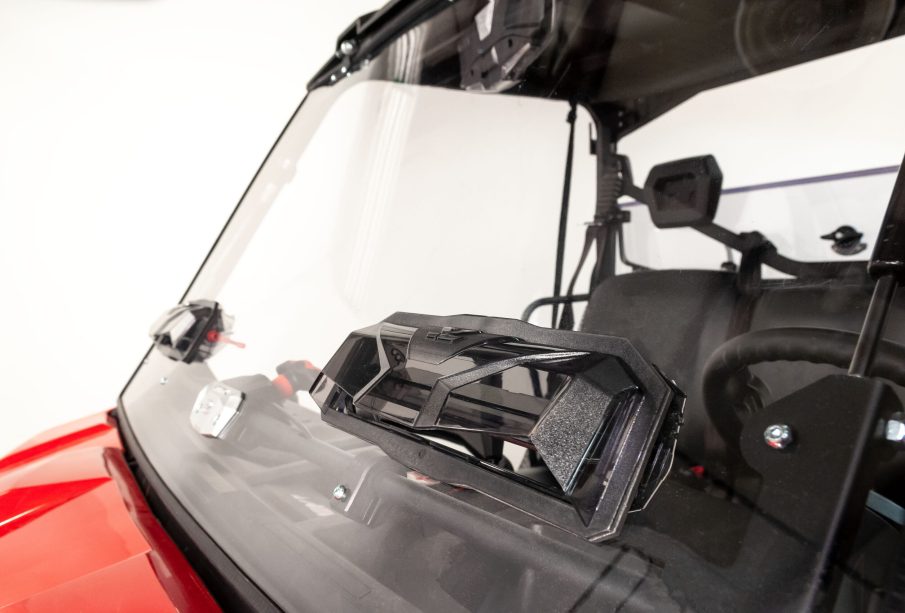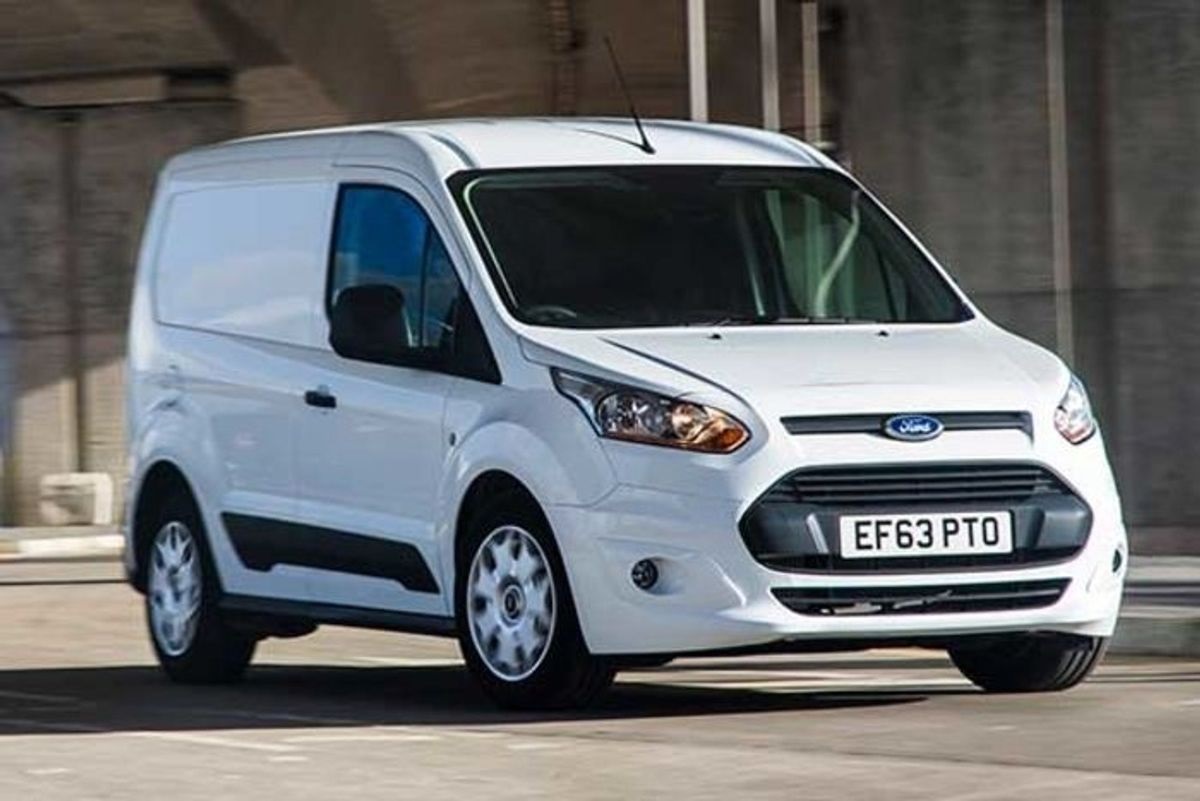What Makes a Polycarbonate Can-Am Defender Windshield a Smart Choice

If you ride hard and play harder, a Can-Am Defender windshield is one upgrade you don’t want to overlook.
Whether you’re tearing through the woods or crawling through muddy backroads, that windshield can make or break your ride.
I learned this the hard way.
A Windshield Can Be a Game-Changer
Last winter, my buddies and I hit a frozen trail network up north.
About halfway through, I got nailed in the face with flying ice kicked up by the tires ahead of me.
No windshield.
Just goggles and regret.
Meanwhile, my friend Jake cruised past in his Defender with a full polycarbonate windshield — not a scratch, not a flinch.
That’s when I knew I needed to make the switch.
Why Polycarbonate Is a Step Above
Let’s get something clear (literally): not all windshields are created equal.
A polycarbonate shield is 250x stronger than glass and 30x stronger than acrylic.
That’s not marketing hype — it’s real-world tested.
It won’t crack under pressure, flexes with your machine, and handles debris like a champ.
It’s the kind of shield that laughs in the face of gravel, branches, and unpredictable terrain.
Here’s a solid option if you’re exploring a Can-Am Defender windshield built for durability.
More Than Just Protection
It’s not just about stopping branches or deflecting mud.
Polycarbonate windshields add comfort — especially on long days.
Less wind fatigue.
Better visibility in dust storms.
And when temps drop? No more freezing wind hitting your face at 40mph.
Trust me, that alone is worth it when you’re trying to enjoy a ride instead of battling the cold.
Full, Half, or Flip?
This was the hardest choice for me.
I went back and forth between a full windshield and a flip-up.
A full windshield gives you complete coverage — awesome in winter or wet weather.
But in the summer? You might want airflow.
That’s where flip windshields shine — pop them open for breeze, close them when it gets wild.
Half windshields are great too if you’re in a dry, hot climate.
They push airflow over your head without fully enclosing the cab.
Your choice really depends on where and how you ride.
Real-Life Dust Storm Scenario
We were out in Arizona last fall.
The trail was all dust, heat, and dried-up brush.
A buddy with no windshield had to stop every 20 minutes to clear his eyes and wipe down his gear.
I rolled through just fine with a vented polycarbonate shield.
Didn’t even break a sweat.
The difference in comfort was massive.
Don’t Overlook Scratch Resistance
One thing I didn’t know before buying: polycarbonate is tough, but it can scratch if untreated.
That’s why I opted for a hard-coated version.
It resists abrasions from sand, bugs, and those random towel wipes during fuel stops.
A small detail that adds years to the clarity and performance.
Installation Isn’t Rocket Science
If you’re even mildly handy, you’ll get it mounted in under 30 minutes.
Most use clamps or quick-release mounts — no drilling, no stress.
Plus, when it’s time to clean or swap it out, removal is a breeze.
That convenience really adds up over time.
Tear-Off Compatibility
If you’re racing or ride dusty trails often, tear-off systems are a game changer.
Pop off a dirty film layer and keep your view crystal clear.
No more streaky windshields or stopping to clean them mid-ride.
This feature is often overlooked until you actually need it — then you’ll never go back.
From Rain to Mud — It Holds Up
There was this one ride last spring where we got caught in a downpour halfway through a mountain trail.
By the end, the UTVs looked like they’d gone through a swamp.
Visibility would’ve been shot without a windshield.
But that polycarbonate kept everything off our faces — and with a simple squeegee swipe, we were good to go.
Noise and Rattle? Not a Problem
Some riders worry about rattling or added cab noise.
That’s not something I’ve noticed — at least with the right seals and mounts.
In fact, with the added wind protection, the ride often feels quieter.
Especially at higher speeds or when you’re hauling gear in the back.
What To Look for Before Buying
Here’s a quick checklist from my experience:
- Hard-coated polycarbonate (for scratch resistance)
- Vented or flip-up options for airflow
- Tear-off compatibility
- Easy mounting system
- UV resistance to avoid yellowing over time
Get those covered, and you’re golden.
Final Thoughts
Upgrading to a polycarbonate Can-Am Defender windshield was one of the best decisions I made for my ride.
It wasn’t just about safety — it transformed the whole experience.
More comfort.
More confidence.
And more time enjoying the trail instead of fighting the elements.
If you’re serious about riding in all conditions, this is one upgrade worth every penny.
Let me know if you want to ride together sometime — I’ll be the one actually seeing the trail ahead.














